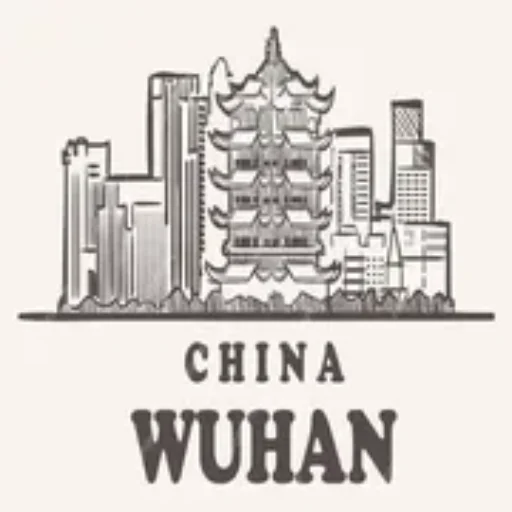Move over, Japan! Wuhan’s Cherry Blossom Gardens have emerged as Asia’s best-kept secret for experiencing the magical sakura season. As someone who’s guided countless visitors through this floral paradise, I can tell you that these gardens offer an experience that rivals the famous cherry blossoms of Kyoto – but without the overwhelming crowds.
Quick Facts About the Gardens
- Location: East Lake Scenic Area, Wuhan, Hubei Province
- Peak Blooming Season: Mid-March to Early April
- Total Area: Over 70 hectares
- Number of Cherry Trees: More than 10,000
- Average Visit Duration: 2-3 hours
- Best Time to Visit: Early morning or late afternoon
The Historical Connection
The story behind these gardens is fascinating. In 1973, Wuhan University received a gift of 50 cherry blossom trees from Japan’s Shimane Prefecture. These original trees became the ancestors of what would grow into one of the largest cherry blossom gardens in China. Today, the gardens showcase more than 10 different varieties of cherry blossoms, each with its unique blooming schedule and characteristics.
What Makes It Special
- Unique Microclimate: The gardens’ location near East Lake creates perfect conditions for cherry blossoms
- Cultural Fusion: Chinese landscape design meets Japanese horticultural traditions
- Photography Paradise: Multiple viewing platforms and specially designed photo spots
- Educational Value: On-site botanical center with interactive exhibits
Visitor’s Guide: Making the Most of Your Visit
The best time to visit is during the peak blooming season, typically from mid-March to early April. However, the gardens offer different experiences throughout the year. Here’s what you need to know:
- Morning visits (7:00-9:00 AM) offer the best lighting for photography
- Weekday visits help avoid the local weekend crowds
- The garden provides free guided tours in English (advance booking required)
- Download the garden’s mobile app for real-time bloom updates
Beyond the Blossoms
While the cherry blossoms are the main attraction, the gardens offer much more. The traditional Chinese pavilions provide perfect resting spots, while the tea house offers authentic local refreshments. The garden’s design incorporates traditional feng shui principles, creating a harmonious space that changes with each season.
Practical Tips for Visitors
- Entrance Fee: ¥60 (peak season), ¥40 (off-season)
- Transportation: Metro Line 2 to Optics Valley Square, then Bus 401
- Wheelchair accessible paths available throughout most of the garden
- Photography permits required for professional equipment
- Bring your own water and snacks, though there are vendors on-site
Conservation Efforts and Sustainability
The gardens aren’t just a tourist attraction; they’re also a vital part of Wuhan’s environmental conservation efforts. The management team employs sustainable practices, including:
- Organic pest control methods
- Water recycling systems
- Native species integration
- Community education programs
Summary and Key Takeaways
Wuhan’s Cherry Blossom Gardens offer a unique blend of natural beauty, cultural heritage, and modern amenities. While the peak blooming season draws the most visitors, the gardens remain a year-round destination worth exploring. The combination of thoughtful design, historical significance, and environmental consciousness makes it more than just another tourist spot – it’s a testament to successful international cultural exchange and environmental stewardship.
Whether you’re a photography enthusiast, nature lover, or simply seeking a peaceful retreat, these gardens provide an unforgettable experience that captures the essence of spring in China. Remember to plan your visit according to the blooming schedule, arrive early for the best experience, and take time to explore beyond just the cherry blossoms. The gardens’ story is one of cultural bridge-building, environmental consciousness, and the timeless appeal of natural beauty.

